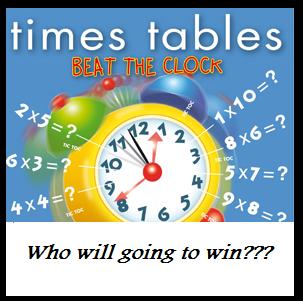How to Teach Multiplication Tables to Children
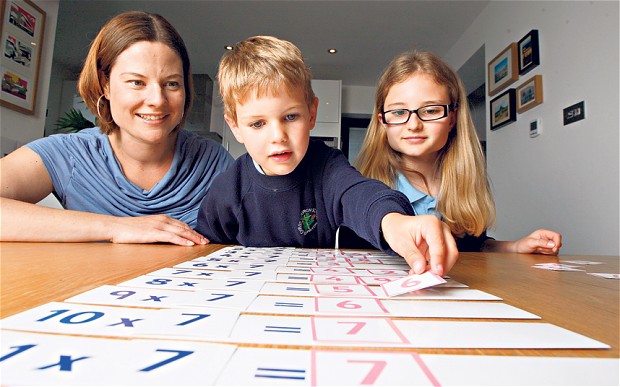
Applying the right strategies to teach times table will make it easier enough for you to teach and make the child learn the times table. Times table seem to be a big burden on the child in the first instance and this at once kills the motivation to learn, so first you will have to motivate them with fun strategies. Of course getting started with direct memorization is never a good strategy as the child will never be able to know what’s really happening behind these numbers. So what really makes them come up with a real quick response each time when you ask a “5 times 2” question is practice, practice and practice!
Therefore get started by demonstrating how it works, exercise and later monitoring performance through tests to ensure that they are learning. See the guide below in order to know how to teach times table to children:
Instructions
-
1
Importance of Multiplication Table:
First thing’s first! Tell them why they should be learning the multiplication tables and where they will be applicable in future. Teach them that in future they will be learning to do multiplication and division and with the help of times tables they can be done quickly and easily.

-
2
Working Wheel of Addition:
Get started with 1, 2 and then 3 times table. The basic structure of every times table is based on addition so show them how the addition is working behind it. Your little one might love to eat cherry tarts so this would be a great fun for them if you teach them by drawing tarts with 3 berries on each one of them and then make them count those, its 3 times 3 equals 9.
You can make them color in the drawing that you have made to demonstrate the working wheel of addition behind multiplication. Also instruct them to use same color in every berry and same but this time different color in the cake pies. This way they can easily count the berries and reach the result of 3 times 3.
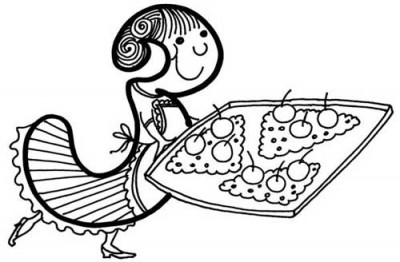
-
3
Important facts for Easy Life:
There are some important facts to teach them that will make life much easier for them. They are as follows:
Teach them how the commutative property works by demonstrating that 2x3=6 and 3x2=6 and the order of the digits does not have an effect on the result.
Demonstrate them the identity property which means 1 times any number gives back the same number: 2x1 is 2.
Another important fact is that 0 times any number gives a 0 and a number times 10 means to put a 0 on the right of that number that is 9x10=90.
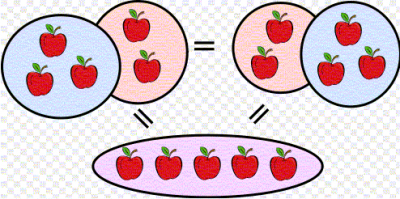
-
4
Learning Tricks:
You can also teach them with different tricks. For example it often gets difficult when it comes to learn the 9 times table. Here's a useful trick: An easy way to learn 9's table is to ask the child to raise both hands with fingers apart. Now in order to know what's 9 times 2, bend the index finger of the right hand, now there will be eight finger on the left and one on the right which makes it eighteen and this is the answer.
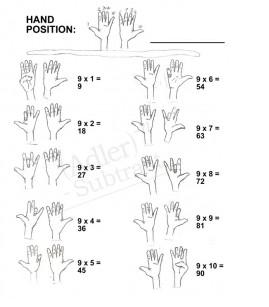
-
5
Prompt Response Patrice:
Now that you have taught how the times table works, make them practice by giving them flash cards of two different times tables. This will enable them to practice giving a prompt response.
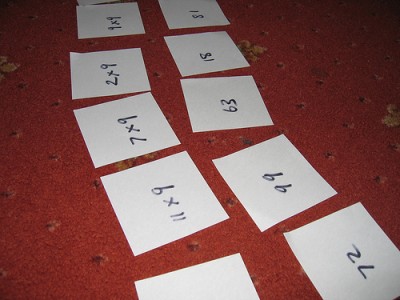
-
6
Practicing with Songs Puzzles or Computer Games:
Make the child learn times table with melodies since melodies are remembered more easily and effortlessly. Get a CD of times table songs from a book store and make them learn fast.
Another good way to make them practice is to make them work out puzzles. Computer games is another good way to practice and learn. So instead of playing any other fighting games, make them play a times table game in order to have a good practice. There are many free of cost learning games available on the internet so just Google, download and install any good multiplication tables game out there. This way they will not only practice but their performance will also be monitored and the next time they will strive for answering with the right one.
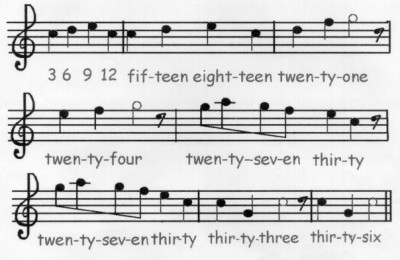
-
7
Testing their Performance with Work Sheets:
Work sheets with different figures printed instead of digits will not only be a fun thing for the child but is also a good way for you to monitor the performance as well. You can either buy those from a nearby bookstore or you can make your own.
Set a time limit in which they will have to finish the worksheet and then reward them with marks and let them realize how much improvement and hard work they still require. Continue taking tests until they get full marks.
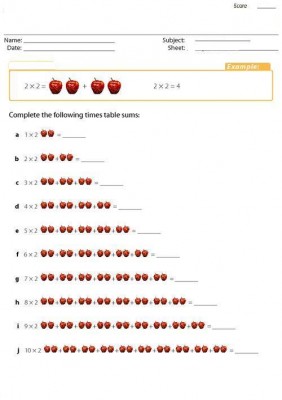
-
8
Monitoring performance with a competition:
You can conduct a small competition among the learners and ask them to gather in groups. Now every group’s participant will be asked at any time and the marks will be awarded to the one who gives a prompt response. In the end give a token of appreciation to the winning group. Now here since there is an inspiration behind learning, so the children will learn real fast!
This strategy can be applied when the number of learners are above 1.
